Prefab construction and design company Plant Prefab says other modular and panelized construction methods were not optimal, so the company made its own.
“Home building hasn’t changed much in the past 2,000 years,” writes Plant Prefab CEO Steve Glenn. “It's typically a long and expensive process, there’s a lot of waste, and many builders use materials that aren't great for people or the planet. The idea for Plant Prefab was born out of our own experiences with this antiquated process.”
Glenn and his team founded Plant Prefab in 2016, almost 10 years after establishing LivingHomes, a designer and developer of sustainable prefabricated homes. Plant Prefab runs out of a 62,000 square foot manufacturing facility in Rialto, Calif.
[ Read More: IS IT TIME TO GIVE STRUCTURAL INSULATED PANELS A SECOND LOOK? ]
Custom Single-Family LivingHome Designed by Ray Kappe in Santa Monica, Calif. | Courtesy Plant Prefab
Plant Building System (PBS) is a trademarked, patented component-based system that claims to be twice as fast as conventional on-site construction. This solution combines an entirely new type of panel with specialized, advanced engineered Plant Modules, the company says.
Where structurally insulated panels, or SIPs, can be used on the framing and insulation of a home, PBS’ Plant Panels include plumbing, electrical, and finish materials. There is also flexibility with the components that can allow for custom prefab construction based on climate, so durability and thermal performances can be tailored to the building area. Plant Prefab says its modular homes are also built on jigs, so each component can be level, which helps with its durability.
In a time where building materials and labor are hot commodities that are creating incredible shortages and price hikes, a cost-efficient prefab construction system may be a realistic option. Homes constructed by Plant Prefab are also cost-efficient to the homeowner because of the home’s energy efficiency and sustainability standards.
[ Read More: PROJECT OF THE WEEK: COMMERCIAL SHEATHING HELPS CREATE A DURABLE N.C. HOUSE ]
Four-bed, three-bath, 2,184 sq ft rendering of the Koto LivingHome 2 | Courtesy Plant Prefab
For the homes designed by Plant Prefab, called LivingHomes, cost estimates range from $200,000 to $1.36 million, though prices are only estimates. LivingHomes are designed by renowned architects such as Ray Kappe, Douglas W. Burdge, Koto, KieranTimberlake, and Brooks + Scarpa.
The beauty of a Plant Prefab building is that while a construction team is working on the foundation of a home, prefab construction of the remaining pieces are already underway in the indoor facility. As a result, there are no weather issues, production delays, or work stoppage. The company says this can ensure a reliable schedule for completion.
Installation can be faster due to detailed instructions through a Plant Virtual Build System, and most projects can ship 90% complete, so less on-site work is needed, the company says. In June, the company constructed a three-bed, two-bath, 1,568-square-foot home in California. It took five hours.
[ Read More: BENJAMIN OBDYKE INTRODUCES LIQUID-APPLIED FLASHING FOR ROUGH OPENINGS, CHALLENGING AREAS ]
Custom Single-Family Town Homes Designed by Lighthouse Brooks in Venice, Calif. | Courtesy Plant Prefab
The system is versatile enough to be used to construct custom residential single-family homes, multifamily developments, accessory dwelling units, and even home additions, but the benefits are the same for all: it cuts build times in half, according to the company.
Plant Prefab prides itself on being healthy to the planet, but healthy for the homes’ occupants as well. The company only uses low-VOC millwork, mold-resistant drywall, and zero-VOC paints, stains, and sealants.

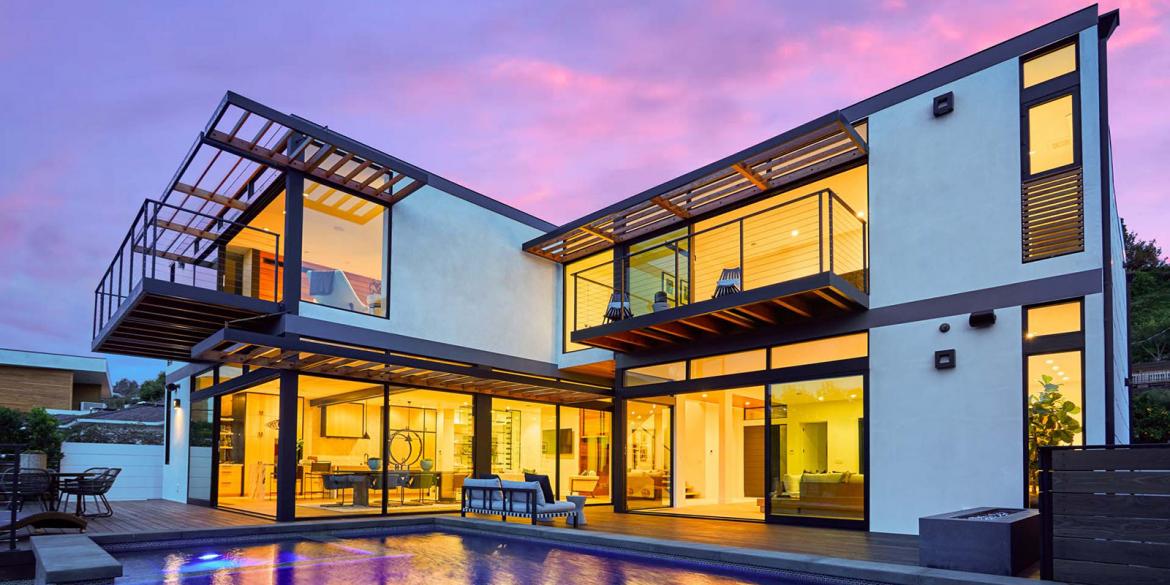
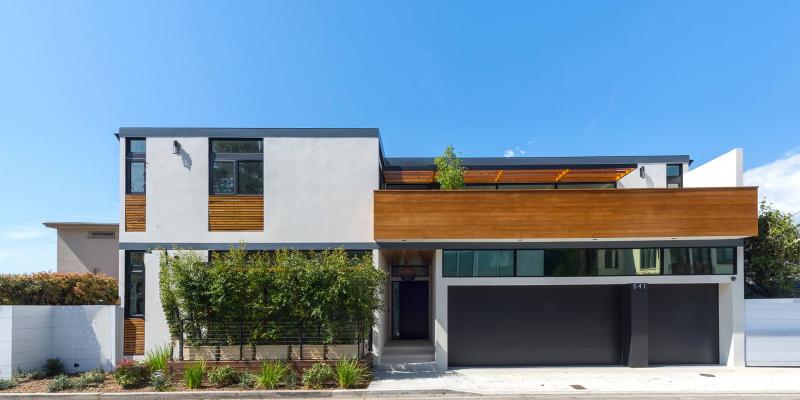
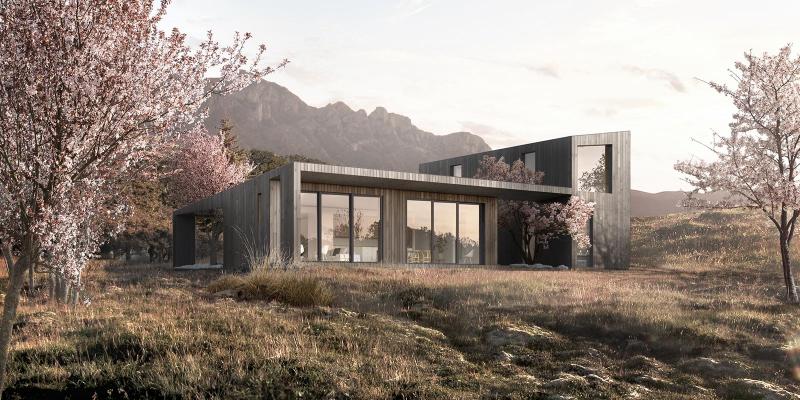
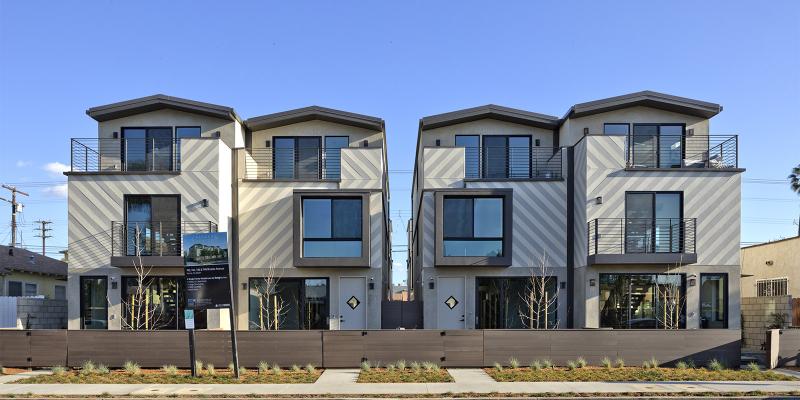

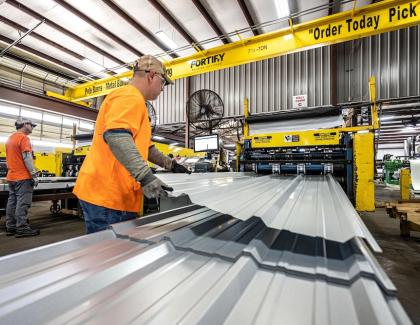
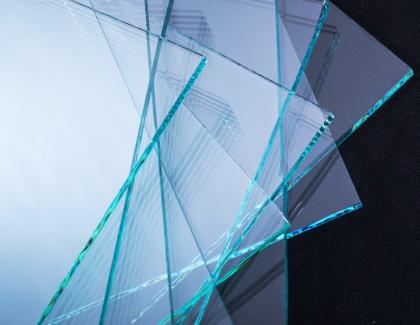
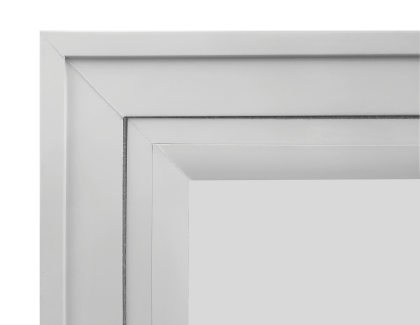
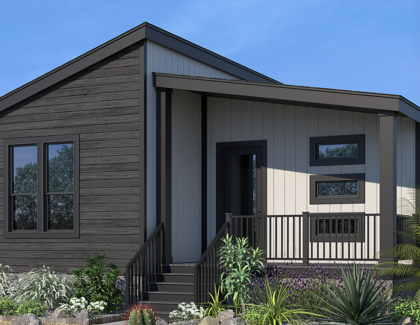
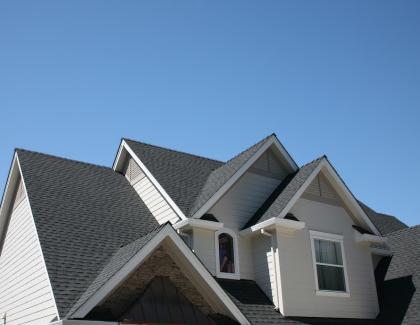
Add new comment